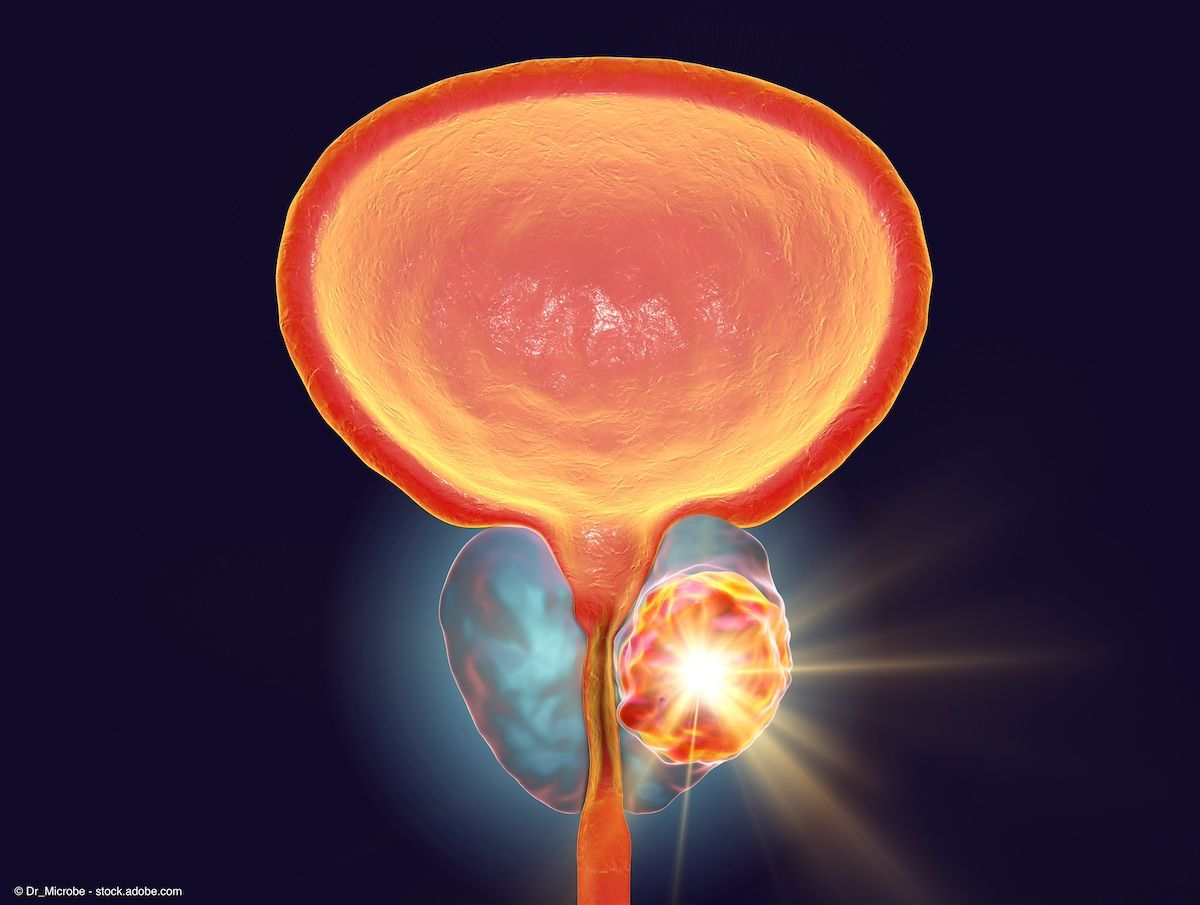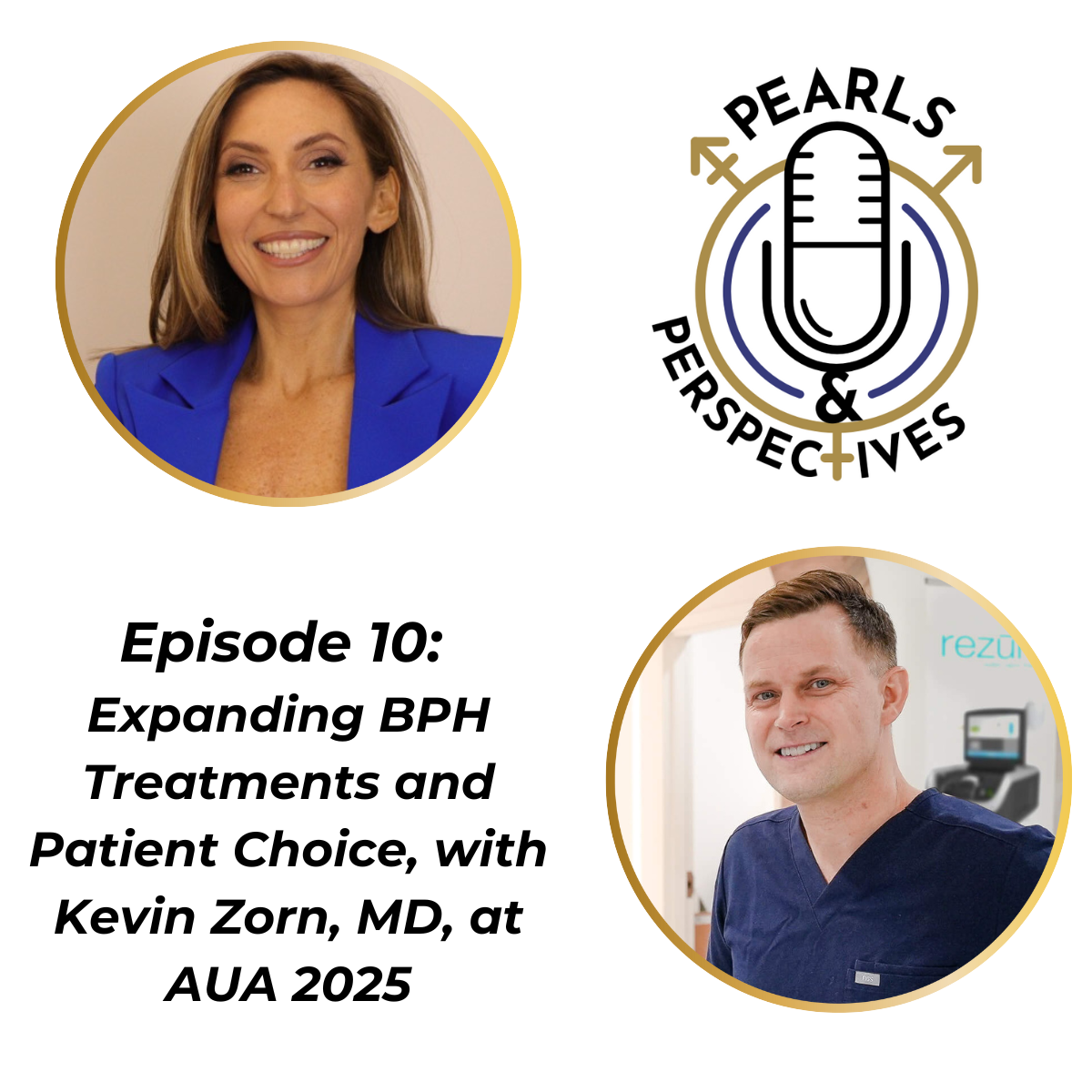News
Video
Refining prostate cancer therapy strategy to address RAPTOR findings
Author(s):
Soumyajit Roy, MS, MBBS, explains how findings showing 5-year biochemical recurrence status may predict prostate cancer cure should alter the clinician-patient interaction.
The implication of patient natural history on prostate cancer recurrence, distant metastasis and cancer-specific mortality is a highly influential, yet still lesser interpreted association. Follow-up post-treatment stages may be limited in the means by which a clinician can definitely state whether a patient has achieved cancer cure, or is at risk of recurrence.
But new data from a meta-analysis presented at the American Society for Radiation Oncology (ASTRO) 2024 Annual Meeting in Washington, DC, this week help provide better insights into prostate cancer patients’ risk of recurrence or odds of cured disease based on natural history. The findings from Soumyijat Roy, MS, MBBS, of the Rush University Medical Center, and colleagues showed that only 3% and 1% of patients who avoided biochemical recurrence within 5 years of prostate cancer radiotherapy experienced distant metastasis and cancer-specific mortality at 10 years, respectively. Additionally, patients who did experience 5-year biochemical recurrence were far more likely to experience 10-year distant metastasis (40%) and cancer-specific mortality (30%).
In the second segment of an interview with Urology Times, Roy discussed further details of the meta-analysis, including an interpretation as to whether even patient treatment history for prostate cancer may influence this association—and therefore, patient likelihood of cured or recurred status.
“And we found this risk of distant metastasis after biochemical recurrence by 5 years or this risk of cancer specific mortality after biochemical recurrence by 5 years was not different among patients who were treated with various durations of (antigen deprivation therapy [ADT]), or even without ADT,” Roy said. “So, what I meant to say, in a little more clinical term, that we did not find any statistically significant evidence of heterogeneity in this association between biochemical recurrence by 5 years with relative incidence of subsequent cancer-specific events among patients treated with various doses of definitive radiation and/or various durations of ADT.”
Roy additionally discussed the prospect of using these findings to inform the prostate cancer treatment decision-making conversation with patients. While patients will frequently raise the question of opportunity to achieve cure versus recurrence with their therapy, Roy stressed these data show the “evolving” nature of those likelhoods.
“So, that is why having that landmark time point of 5 years, and telling patients that if you do not recur by 5 years biochemically or your PSA doesn't rise up, you will probably be declared cured—whereas, if your PSA rises by that time and you reach the threshold of biochemical failure by 5 years, there is a high risk that there will be subsequent events like distant metastasis or cancer-specific mortality,” Roy said. “So, we need to follow you more frequently, or maybe we need to monitor your PSA more frequently.”
References
- Roy S, Romero T, Roach M, Michalski JM, et al. Natural History after Likely Cure vs. Recurrence vs. after ProsTate RadiOtheRapy (RAPTOR): A Pooled Analysis of More than 13000 Patients from 21 Randomized Controlled Trials. Poster presented at: American Society for Radiation Oncology (ASTRO) 2024 Annual Meeting. Washington, DC. September 29 – October 2, 2024.
- Kunzmann K. Soumyajit Roy, MS, MBBS: The effect of prostate cancer patient history in RAPTOR. Urology Times. Published October 1, 2024. https://www.urologytimes.com/view/soumyajit-roy-ms-mbbs-the-effect-of-prostate-cancer-patient-history-in-raptor
Newsletter
Stay current with the latest urology news and practice-changing insights — sign up now for the essential updates every urologist needs.











